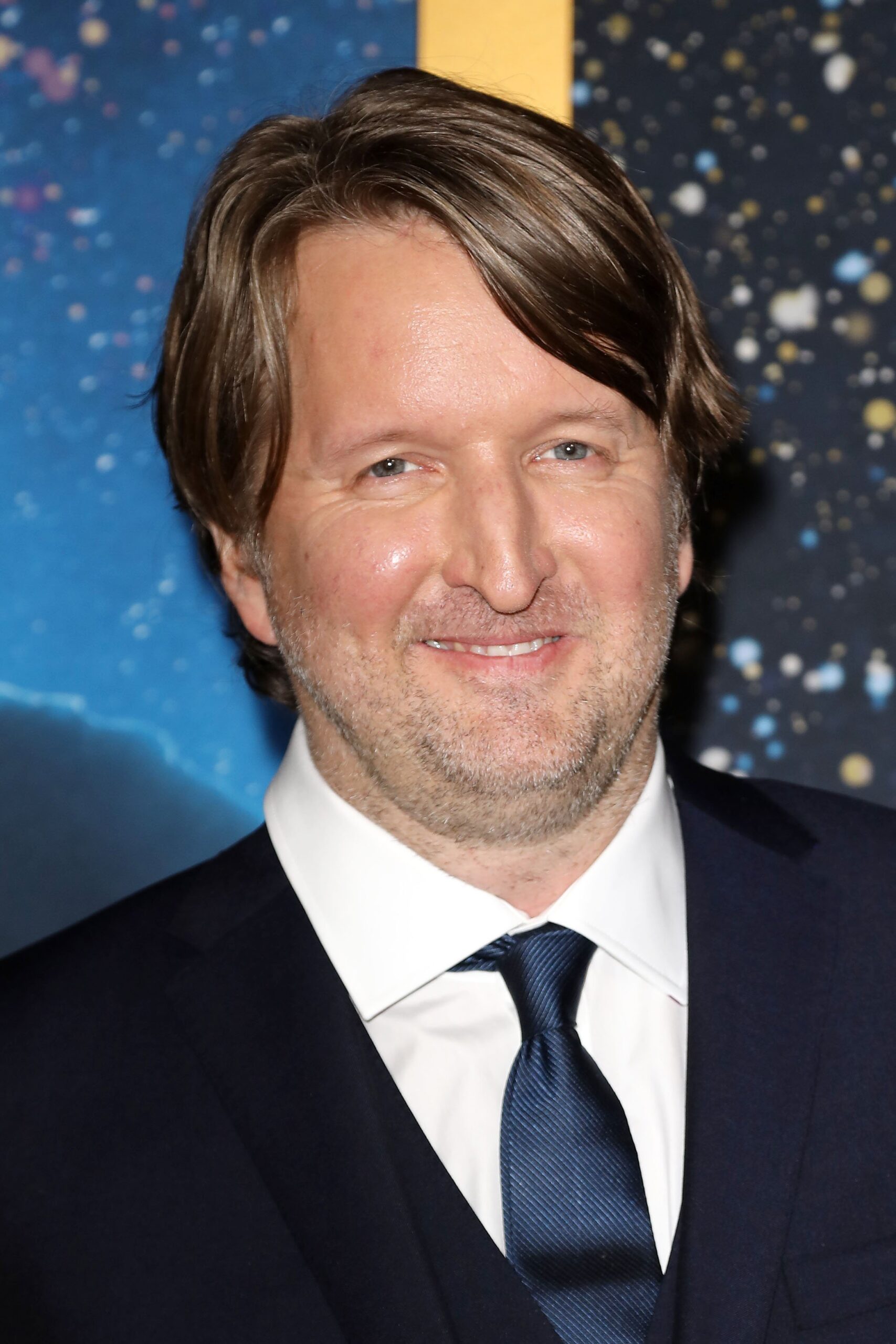
Tom Hooper
Photo by Kristina Bumphrey/StarPix/Shutterstock
“Find you a man who can do both.”
A bit of advice that began life as a meme, became general relationship advice, and finally settled in the culture as an identifier of any multi-talented individual. “A man who can do both” is what this generation demands of its lovers and heroes alike. It is the embodying cry of a generation that was forced via technology to adapt to multiple circumstances, to code-switch at will between professional and text speak, to lead a meaningful life in the midst of unavoidably-publicized global crises and catastrophe. We “do both” by necessity. We have built our culture around “doing both.” This duality is what made Tom Hooper the perfect director for these times.
While Tom Hooper’s name isn’t exactly among household names like Steven Spielberg, Greta Gerwig, or Quentin Tarantino, he has been putting out critically and commercially acclaimed work for the last decade, enough to vault him into the same category as the aforementioned by any metric. His 2010 film, The King’s Speech, cleaned up at the Oscars. Nominated for an astounding 12 awards, it won Best Picture, Best Director, Best Actor (Colin Firth) and Best Screenplay. He followed that up in 2012 with the best version of Les Miserables ever put to film, an enormously expensive production in which the actors sung live during each take, something that was previously unheard of for a movie musical. He finished his winning streak with The Danish Girl in 2015, a tragically under-seen powerhouse film that showcased two little-known actors who would go on to win Oscars: Eddie Redmayne and Alicia Vikander, the latter of whom won for Danish Girl.
Hooper became known in film circles for the performances he drew from his actors, his sweeping wide shots, his careful shot construction, and his intensely-purposeful plotting. He became quickly associated with other contemporary masters like Paul Thomas Anderson and David Fincher. After three consecutive films that garnered rave critical reviews and made their budgets back at the box office (Les Miserables made almost $500 million worldwide), the world waited with bated breath to see what Tom Hooper’s next move would be. If you still hadn’t heard of him after Danish Girl came out, you can be forgiven for your ignorance, because Hooper went into hibernation for the next four years. He emerged after all that time for one final masterwork, the film he is now most famous for, and the one he will undoubtedly be remembered for:
Cats!
In an unbelievable turn of events, Tom Hooper, who a decade earlier owned the Oscars, tried his hand again at making musicals, adapting Andrew Lloyd Webber’s surrealist broadway smash-hit for the screen. It did not turn out well.
Cats!, released just last December, was an expensive disaster for a multitude of reasons. It was critically panned. It lost $25 million dollars on an estimated $100 million-dollar budget, much of which was invested in special-effects like “Digital Fur Technology” (i.e. digitally covering every actor in fur so they appeared more convincingly like anthropomorphic cats than if they were to wear costumes). Dame Judi Dench and Sir Ian Mckellen, British thespians of the highest-degree, shared scenes with Jason Derulo and Taylor Swift. But weird sometimes works. It just didn’t work here.
At least during its wide release, it didn’t. Although still under a year old, Cats is gaining new life in a cult-film scene that includes movies such as The Rocky Horror Picture Show and The Room. There is a growing contingent of the population interested in watching and re-watching the objectively awful CatsCatsfor the sake of its unintended hilarity and for how well it mixes with drugs or alcohol. This is the great coup of Tom Hooper. This is why he embodies this generation’s defining decade better than any other director: he can do both.
Tom Hooper spent the better part of the 2010s proving he was a director of the highest caliber, who could create compelling films with varied budgets, varied casts, and in varied genres. Tom Hooper also spent the final month of the 2010s proving he could screw up almost every part of a film and still find success in it. There is an unprecedented and exciting element in his career. While it’s not at all uncommon for acclaimed directors to make career missteps, none of his caliber has ever made such an appalling dud of a film after such a profound string of successes. Regardless of where his movies will eventually settle in cinematographic academia or how they will age, you can’t look away from them. What does it say about his work that Cats is probably his best known film? But watch any of his three earlier hits, and one can see they’re obvious masterpieces, smart and funny and often heartbreaking, well-acted and well-shot and well-written.
Defining this decade of film is a really heartening endeavor. Careers like Greta Gerwig’s (Lady Bird, Little Women) and Ari Aster’s (Hereditary, Midsommar) and Damian Chazelle’s (Whiplash, La La Land) thundered to life. The masters like Tarantino (Django Unchained, Once Upon a Time in Hollywood) and Alejandro González Iñárritu (Birdman, The Revenant) made some of their best work. Female directors were criminally under-utilized and under-recognized (only Gerwig was even nominated for Best Director this decade, joining only five women, ever), and perhaps that is the defining story of the decade.
But the defining director still must be decided, and Tom Hooper is the one with the most range, who created a classic Oscar darling, revolutionized movie-musicals, and crafted the next great midnight cult film. The defining director of the decade is the one who can and did do both. Tom Hooper may not be the best director, but his whiplashing career reflects the chaos of the 2010s, and the generation of millennials who claimed it as their own.














